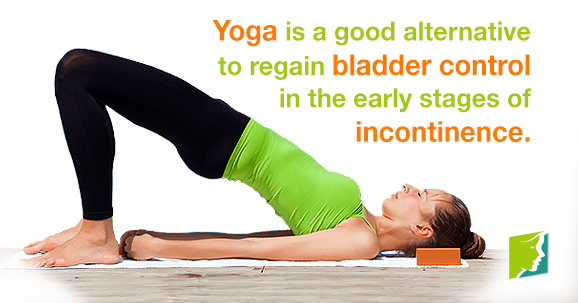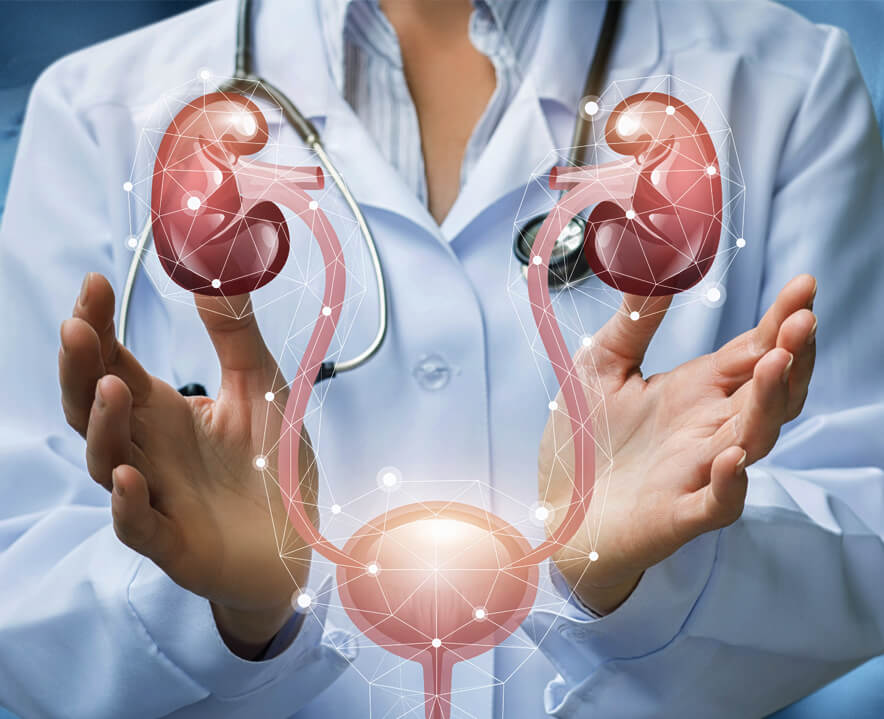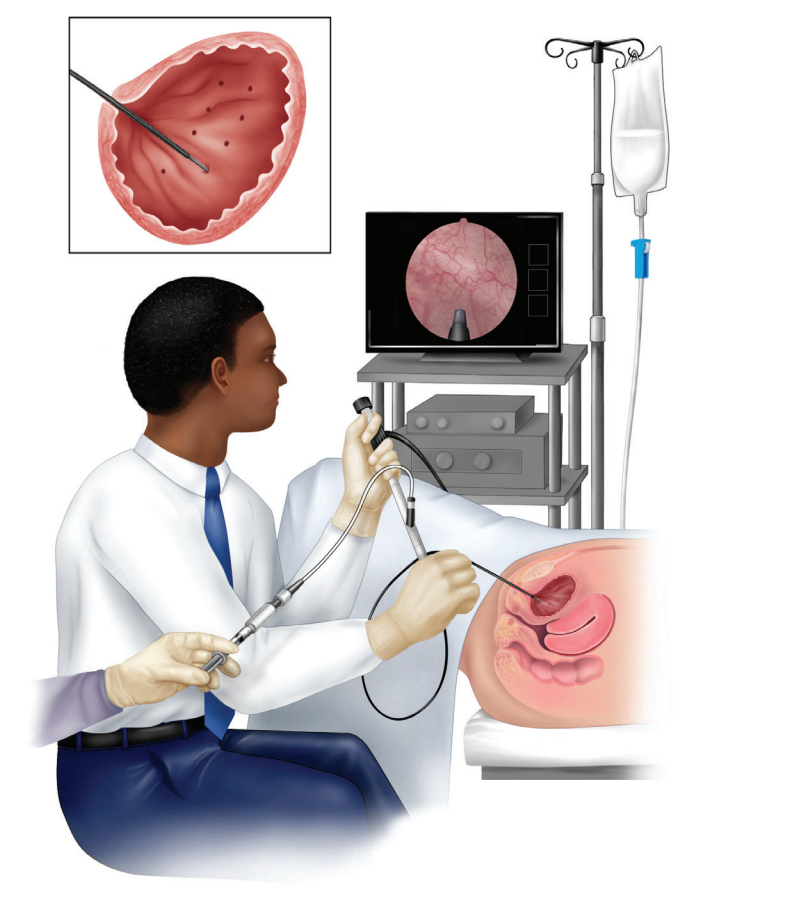
September 3, 2024
3 Reasons That Peeing Is A Trouble After Pregnancy
Urinary System Incontinence After Childbirth Therapy Gyn Ladies's Centre Much like maternity and giving birth, your postpartum recuperation is personal and one-of-a-kind. During Go to the website this time around, concentrate on your newborn and your very own well-being. If you're seeing any one of these symptoms, reach out for help as soon as possible.Does urinary system incontinence disappear?

1 The Qualities Of Consisted Of Primiparas
However, most females that deliver vaginally continue to be continent, so no one is recommending that all women have cesarean areas in order to avoid the possibility of later incontinence. We plainly do not understand all the factors that determine who establishes urinary incontinence, so cesarean area would not be necessary in lots of women with lengthy or hard labors. With our present understanding, numerous ladies would need to have cesareans in order to prevent one woman from developing urinary incontinence. The prolonged discomfort and healing from cesarean at a time when the mommy wishes to be focused on looking after her baby are also not in anyone's best interest. The substantial majority of ladies that give birth do not establish urinary incontinence. In many cases, the damage created by childbirth repair services itself over time as the tissues experience the typical healing procedure.Postpartum Check-ups
According to the National Institutes of Health and wellness, women who have a natural delivery are 50% most likely to experience urinary incontinence than ladies that supply by C-section. If you want your baby to share your bed in healthcare facility or at home, let your midwife know so they can aid with safety guidance. You and your partner might be long past due for reconnecting, probably throughout a day night. If you had a caesarean section, you can normally hold your child in the operating room straight after birth. You will be provided the opportunity to nurse immediately after the operation. This might happen when you are being sewed up, in the healing space or the maternity ward. For companions, the time apart while you recover from surgical treatment is an unique time for them to hold the child and bond. If you deliver in your home, your midwife will stay with you until they are certain that you and your baby are secure. They will certainly aid you begin nursing and talk to you regarding support over the following six weeks.- Likewise, the muscular tissue and connective cells that hold the rectum in its area under the vaginal area might be deteriorated or torn by labor and shipment, which enables the rectum to protrude up into the vaginal area.
- Advise incontinence (necessity urinary incontinence) is another usual form of postpartum urinary incontinence and is defined by the loss of pee following an abrupt impulse to pee.
- When you see your OB/GYN provider at your postpartum check out, they'll ask just how you're really feeling, resolve any type of issues or unforeseen signs and examine your healing procedure.
- A browse through to the bathroom confirmed her concerns-- she had soiled herself.

Social Links